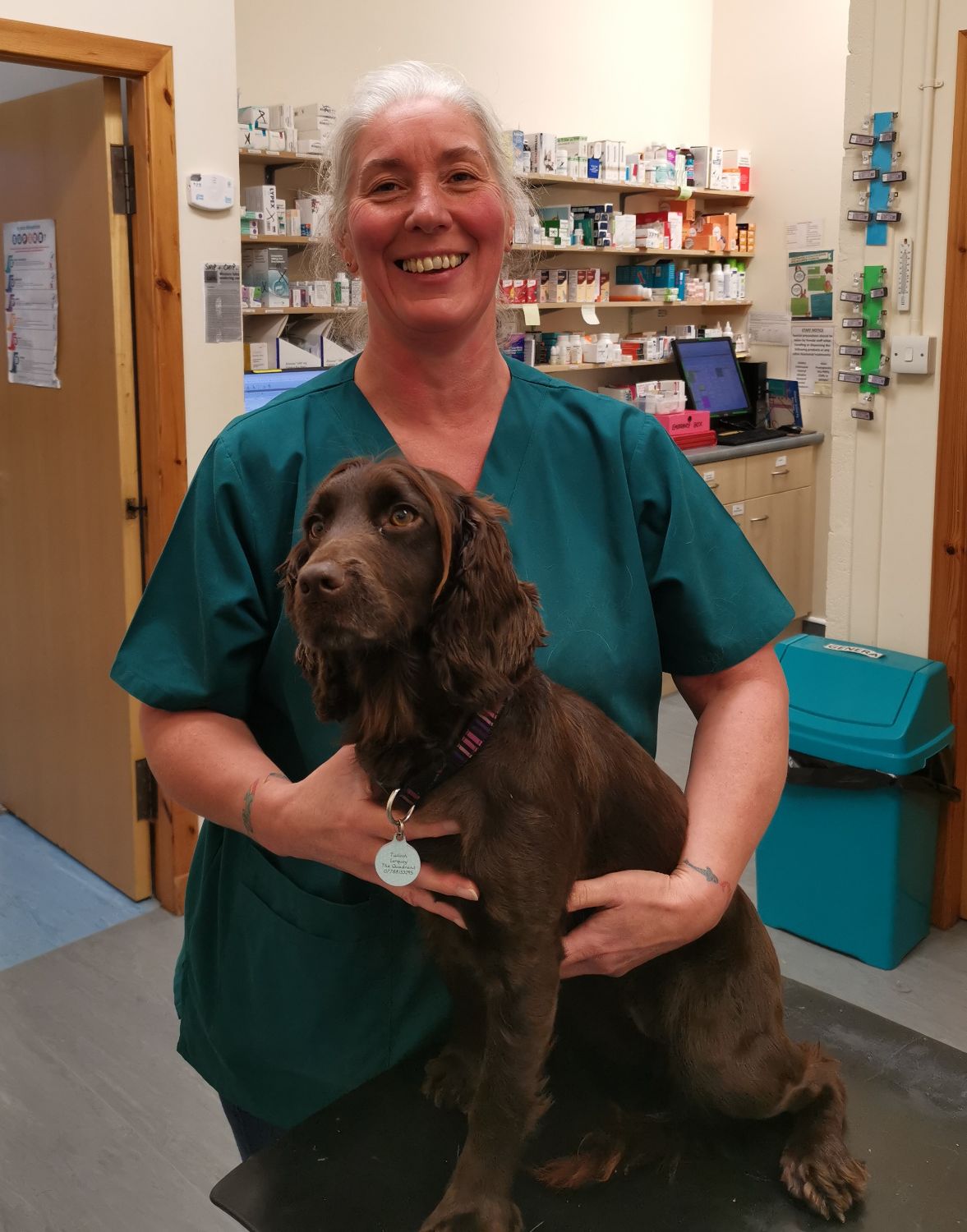Services/Small Animal/Veterinary Nurse Clinics/Behaviour
So, what is behaviour? It’s not a new buzz word. Scientists have been studying animal & human behaviour for years.
BEHAVIOUR – the way in which an animal (including humans) react in response to a situation or stimulus. This can be both negative or positive.
The stimulus can come in many forms – visual, scent, auditory, touch/feel.
Take for example Sunday dinner – You have removed a joint of beef (sorry, vegetarians) from the oven. The smell hits your nose, the sight of the joint, the noise of the sizzle & the heat of the tray through the glove. All these stimuli cause a reaction (behaviour) – the smell makes your mouth water, the sight of the joint makes you smile (unless you burnt it), the noise of the sizzle too, the heat of the tray makes you put it down quickly.
Your dog could be in the kitchen & experiencing its own reactions. Getting the smell of the joint, will potentially cause salivation. It can visually see the joint & with the smell, this can cause anticipation of receiving some of the treat. If your dog does get some of the meat, it will learn that these indicators lead to a tasty treat & the dog will respond to the oven door being opened, & a learnt behaviour is formed.
Cats can also react this way to salmon being cooked or a tin of tuna being opened. It will weave in & out of your legs or try to get on the work surface, as previously your actions & the visual sight of the tin or packet & smell, has produced a tasty morsel coming its direction.
We often treat our pet’s behaviour in a negative way, as it includes behaviour that we are not happy with. For example – you come home from work & see your chewed-up slippers on the floor. Your facial expression changes in an instant to show your displeasure & your dog reads this expression & cowers in response. You then tell your friends that the dog ‘looked guilty’ & knew what it had done. The dog actually reacted to your expression of displeasure & doesn’t associate anything to do with the slippers, as the act of chewing was probably a number of hours previously.
Behaviour is influenced by genetics. What dogs were breed for & how their ancestors lived. A working farm Collie that has been breed & then the puppies sold to normal households, will be frustrated due to the lack of activity & stimulation. Often people with young children complain about their Collies behaviour because it herds & nips at the heels of the children as they run away. This for the Collie is a natural breed instinct & behaviour. Its herding the children like it would sheep, it doesn’t know the difference.
Failure to understand what the breed genetics are & how a dog has been breed will only lead to problems within a household & owners to state that the dog has bad behaviour.
Learning to watch your pet & how it reacts to certain situations & stimulus, will help you understand better why they act the way they do. Looking at body language including facial expression (eye, ear & muzzle position), stance/posture, tail position & movement, body reaction e.g. ‘hackles’ (the erection of fur along the back) – these are all used by animals to tell others how they feel, & we should learn to watch these more closely.
We often shout or tell our animals off when something is done that we disagree with, but our animals don’t understand shouting, just the negative cross expression on our face. And unless our response is immediately after the event, our pets will have no association with a previous activity. The best action is all cases, where we don’t like what our pet is doing is to distract their attention in a positive way. Rattle a tin with coins in, squeak a toy, say their namely loudly & positively, & walk away for them to follow. This will focus their attention on something totally different & not the unwanted activity.
Behaviour is a complex & fascinating topic. However, activities by your animal can easily escalate into extreme behaviour or situations that seem difficult to deal with.
We are always happy to help with advice & to check your pets to ensure their behaviour is not caused by a medical condition. Happy owners equal happy pets – that’s what we all want.
Karen MacFarlane RVN


